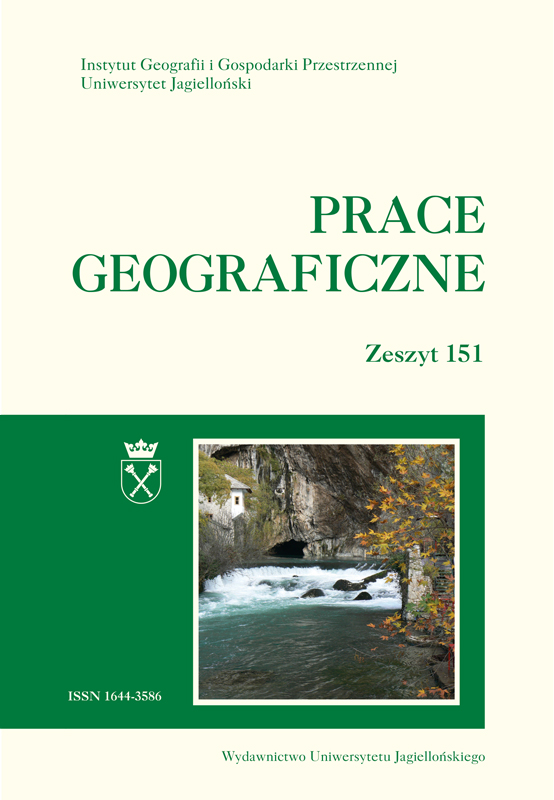Badanie strefy aeracji na stanowisku lizymetrycznym przy pomocy penetracyjnego profilowania oporności elektrycznej
Application of penetrometer-based electrical resistivity profiling to study the unsaturated zone in a lysimeter experiment
Author(s): Anna J. Żurek, Włodzimierz Jerzy MościckiSubject(s): Geography, Regional studies
Published by: Wydawnictwo Uniwersytetu Jagiellońskiego
Keywords: lysimeter; tracer experiment; penetrometer-based electrical resistivity profiling
Summary/Abstract: Knowledge about water flow and contaminant transport in the unsaturated zone is crucial for groundwater resource estimations and groundwater vulnerability assessments. Large field lysimeters are commonly used as physical models of the unsaturated zone. Tracer experiments conducted in lysimeters are generally applied to investigate the time scale of leaching processes in the unsaturated zone. In this paper the preliminary results of using penetrometer-based electrical resistivity profiling to follow tracer transport through the soil in a lysimeter. The measurements were made in two lysimeters (Liz A and Liz I) filled with the same sandy soil. A tracer solution was injected only into lysimeter A. The measurements in lysimeter I were treated as a benchmark reflecting the influence of temporal soil moisture variations on the soil electrical resistivity. Additionally, temperature profiling in the soil next to lysimeter column was conduceted to consider the impact of the temperature fluctuations on soil resistivity. The obtained soil resistivity profiles for lysimeter A clearly reflect the tracer breakthrough curves in the 7th and 22nd day after injection. The analysis of the curves yielded the approximated velocity of tracer transport.
Journal: Prace Geograficzne
- Issue Year: 2017
- Issue No: 151
- Page Range: 121-132
- Page Count: 14
- Language: Polish

